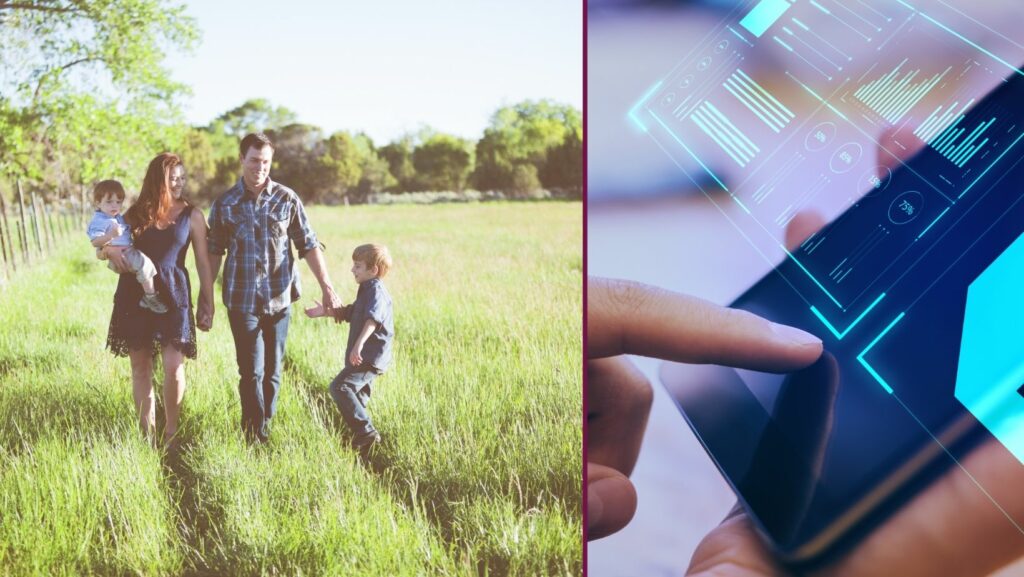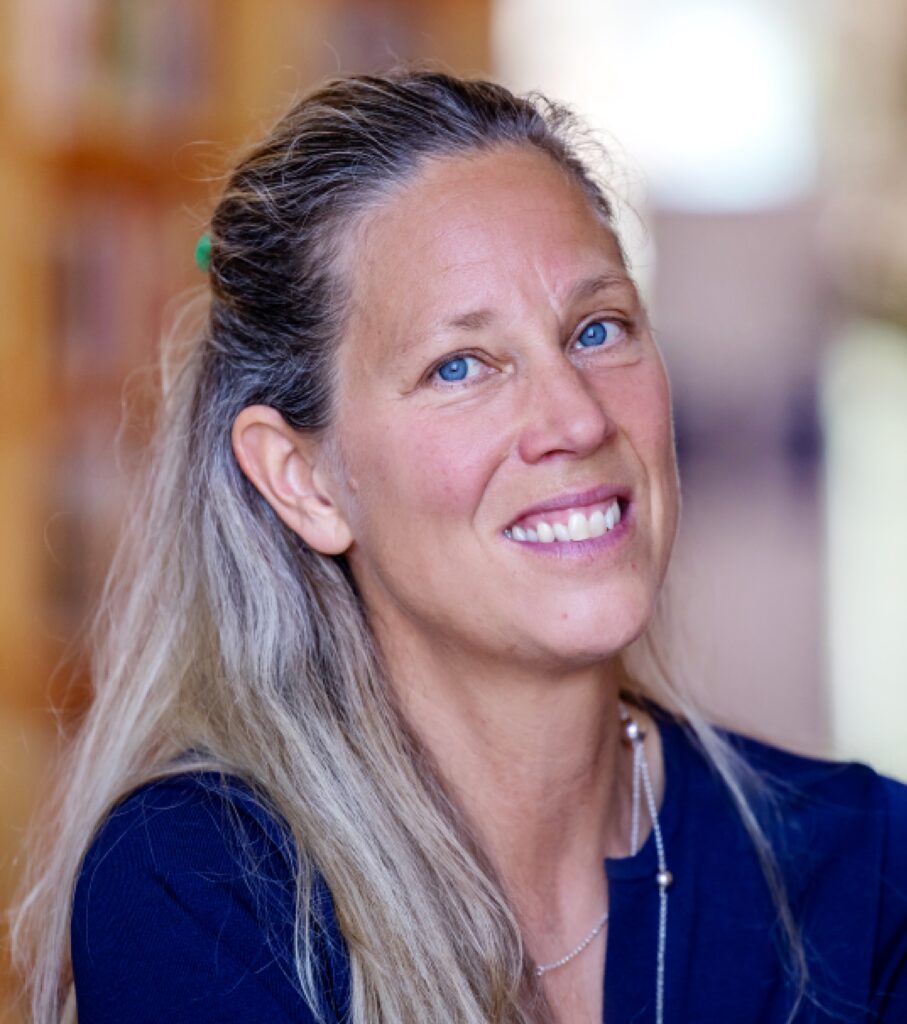This article has been translated with DeepL.
How to achieve a digitalized living countryside – advice for policy makers
- Published: 22 May 2024,
- 7:39 AM
- Updated: 22 May 2024,
- 11:48 AM

Researchers at Norrlandsnavet have helped micro-entrepreneurs with digital services to increase the possibility of staying in rural areas. The researchers are now sharing their findings.
Esbri has previously reported on how Luleå researchers at Norrlandsnavet have supported, among other things, rural retail store owners, small business and village associations with digital locks and screens and with BankID (electronic form of identification). They have also digitalized bookmobiles in rural areas of Norrbotten. These are examples of activities that have helped more people to run micro-enterprises, but have also led to more meeting places.
– We want to contribute to the possibilities of living in the Norrbotten countryside. The project aims to include all people in the digital transformation. Because if you are not digitalized today, you are in many ways outside society, says Johanna Lindberg, PhD student at Luleå University of Technology.

Putting people’s own needs first
Every village is different, with different needs for digital solutions to live a good life. It is also the starting point of the research.
– We have asked individuals, entrepreneurs and village associations what their needs are and then supported them in finding digital solutions to meet those needs. Not on the basis that they want a specific technology, explains Johanna Lindberg.
Inclusion requires speed
The researchers want to draw the attention of politicians and other decision-makers to the fact that development in society is increasing at different rates.
– If we want people to live in rural areas and have access to all aspects of society, we must also ensure that we increase the possibility of using digital services in rural areas. This will increase the pace of life, for example, it is faster to borrow a book or newspaper from the bookmobile than to have to go 10 miles to a library, says Associate Professor Mari Runardotter, Luleå University of Technology.
– The risk is that people do not have the time or opportunity to go to the library, and that people in rural areas will be excluded.

Downpipes have no place in rural areas
Johanna Lindberg has worked for many years on policy issues in various fields, and has always seen that the so-called “bottlenecks” in politics and policy have been bad. But during her doctoral studies, she has come to realize that downpipes do have a function. But only in cities.
– Decisions are then made faster, which of course increases the growth rate. So the question is what incentives are there to work comprehensively in so-called “gutters” while keeping the downpipes?
– Because in rural areas, children can’t go to school if there are no transportation options. That’s where it all comes together. So politicians and other decision-makers need to work in the gutters to boost digitalization in rural areas. Otherwise people cannot live there, she says.
‘New’ networks rule the countryside
Another message that the researchers have for policy makers is to let go of the idea that it is the male-dominated industry and the mining industry that drive social development in northern Sweden forward. Nothing could be more wrong, according to Johanna Lindberg.
– Today, it is also rural retail store owners and other micro-entrepreneurs, as well as business and village associations that make it possible for people to live in rural areas. The networks are mainly made up of women, and they know what digital tools are needed to create an area where people can work and live their lives. You just have to listen to them.
– Policy makers need to stop clinging to the old structures and networks. If they do, we miss the opportunity for rural development, says Mari Runardotter.
Contact
johanna.lindberg@ltu.se
mari.runardotter@ltu.se
This article is produced in collaboration with Norrlandsnavet.
More about the project and Norrlandsnavet
The research project is called Smart Livable Villages, and is part of Norrlandsnavet, at Luleå University of Technology. The initiative works to develop business in northern Sweden and is funded by the Kamprad Family Foundation. Read more about Norrlandsnavet.



